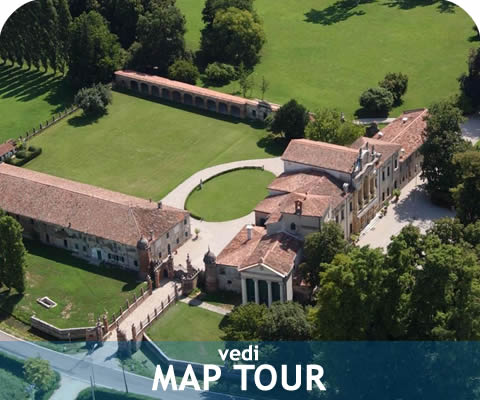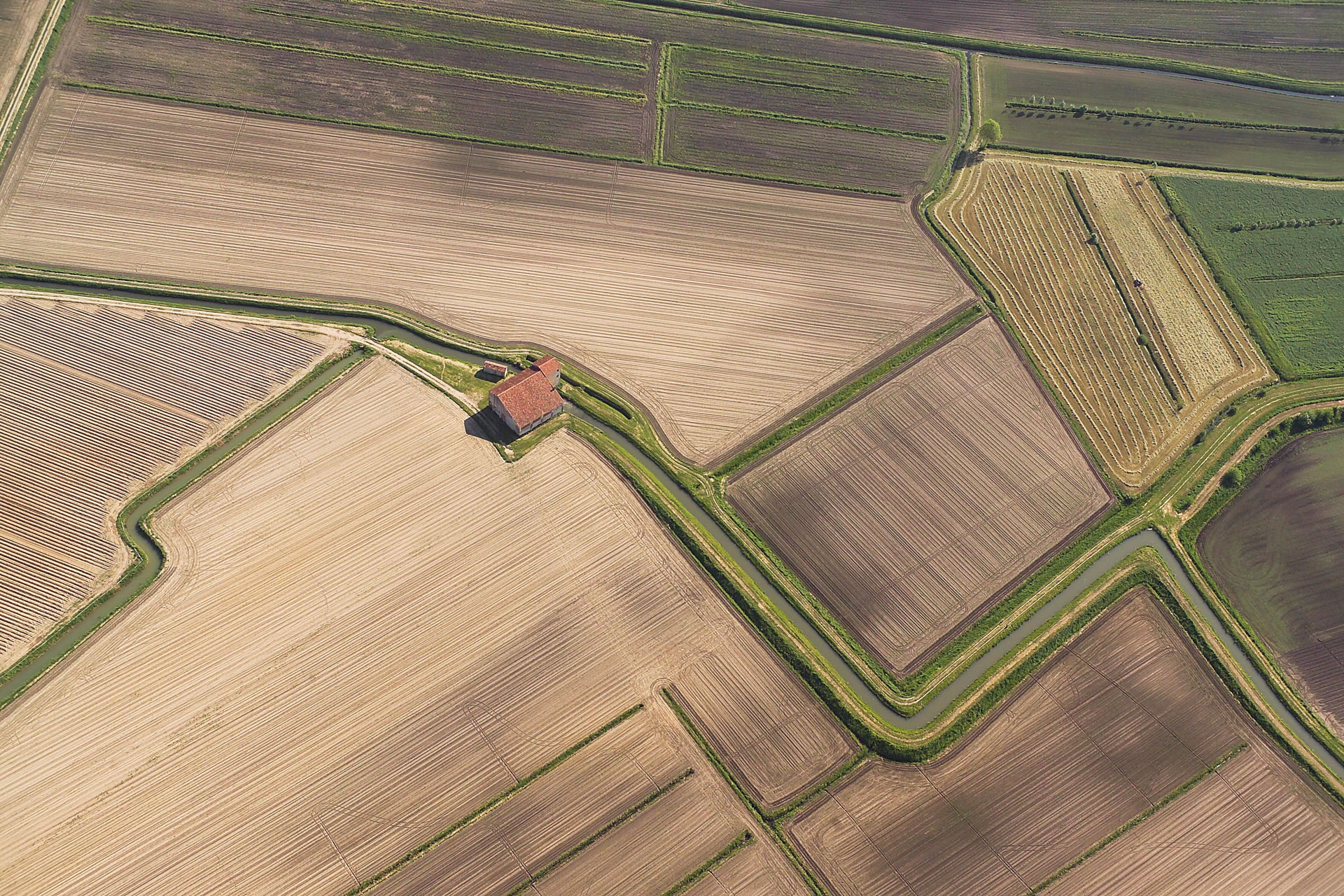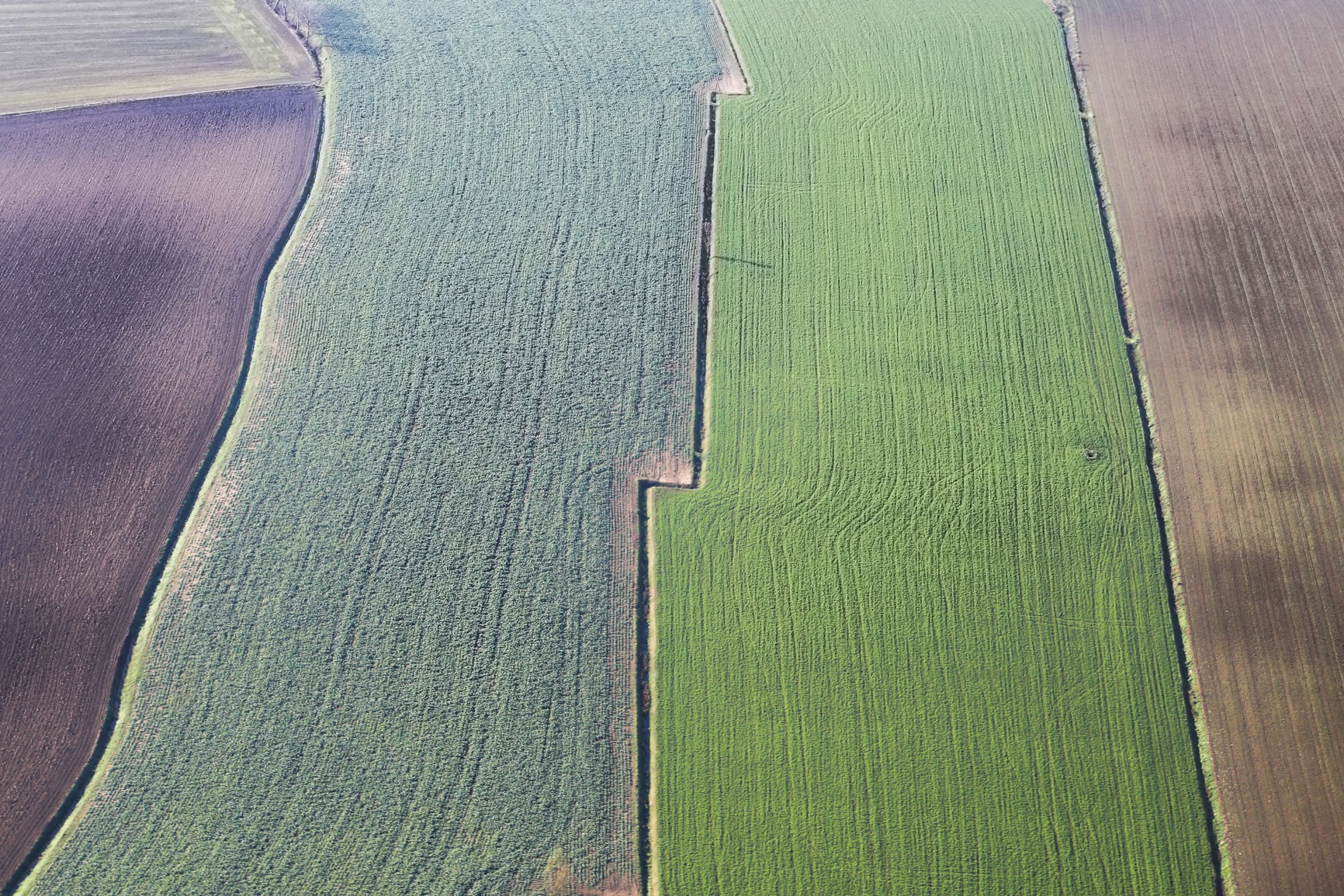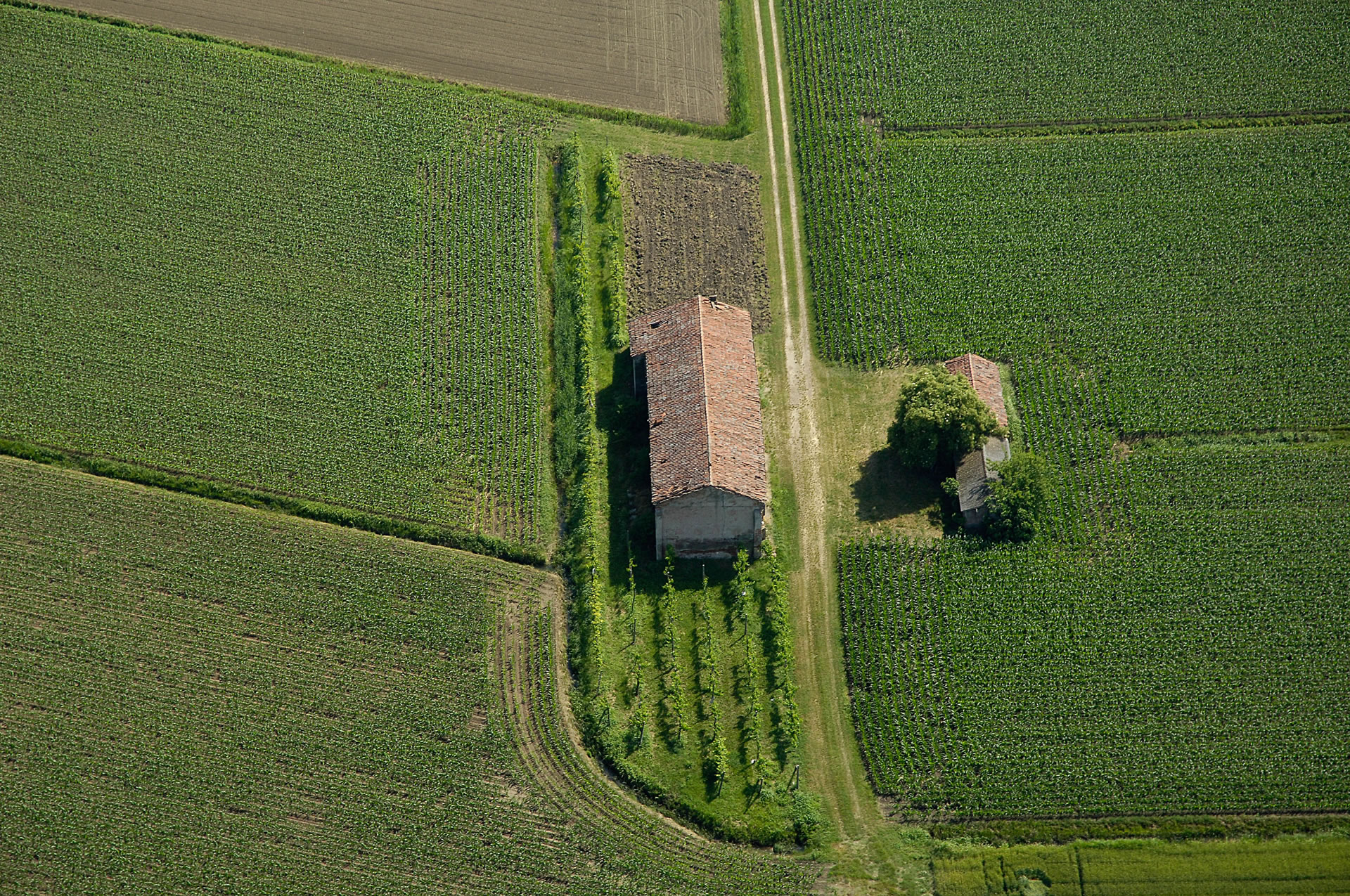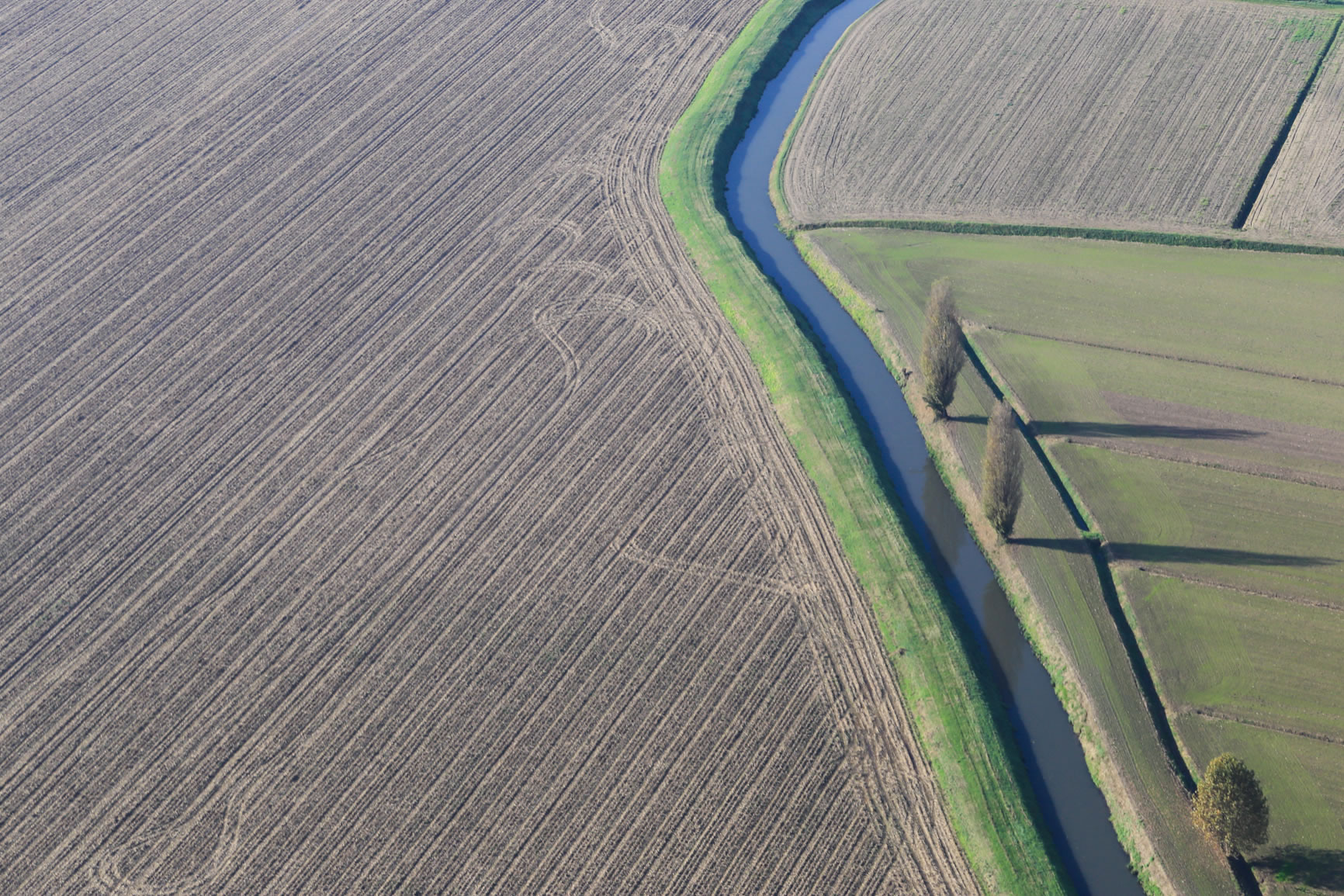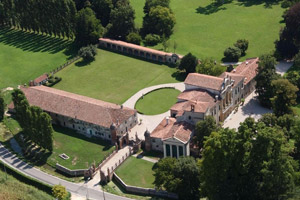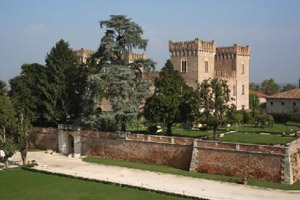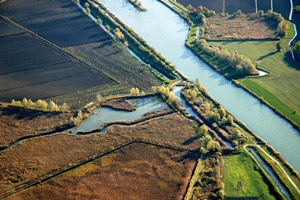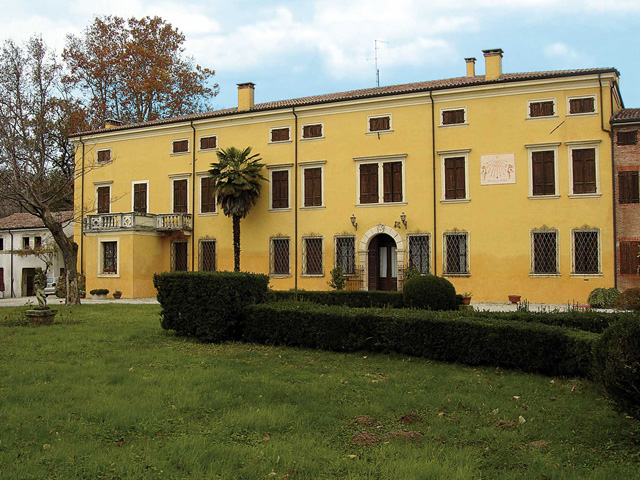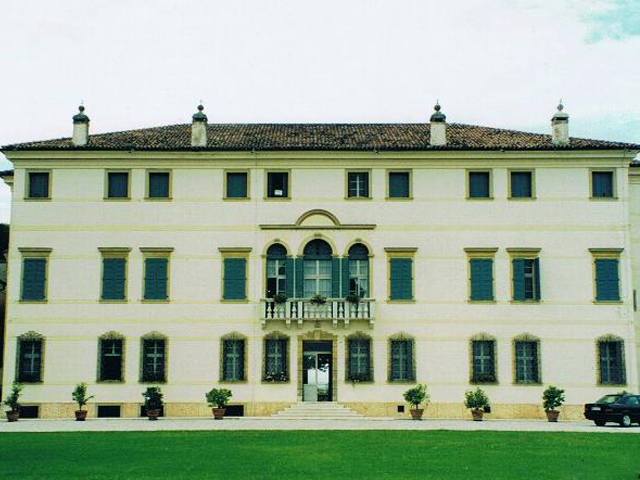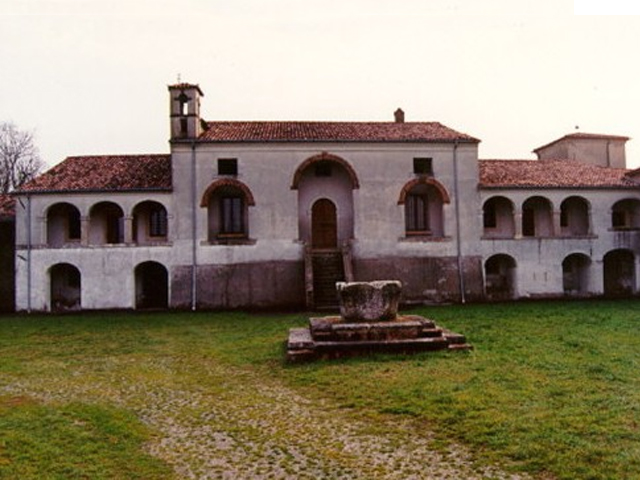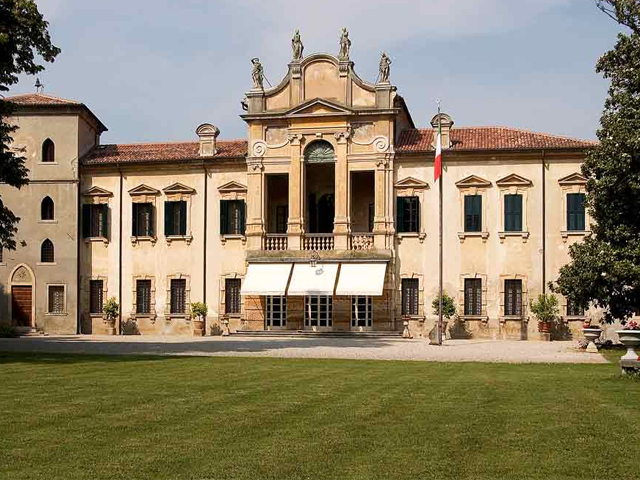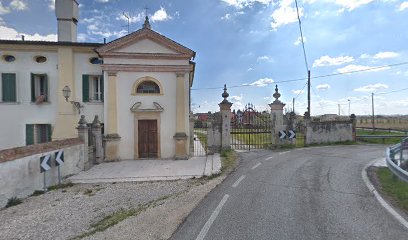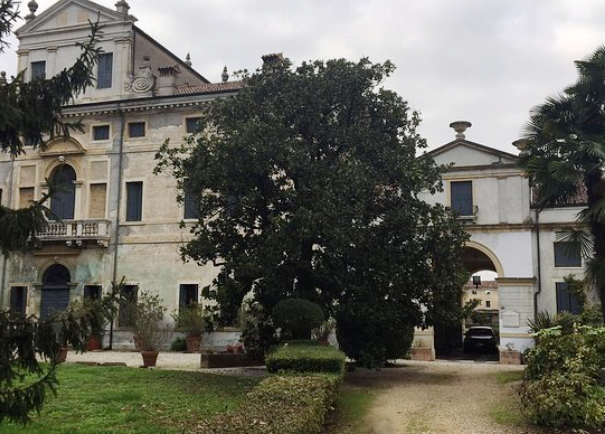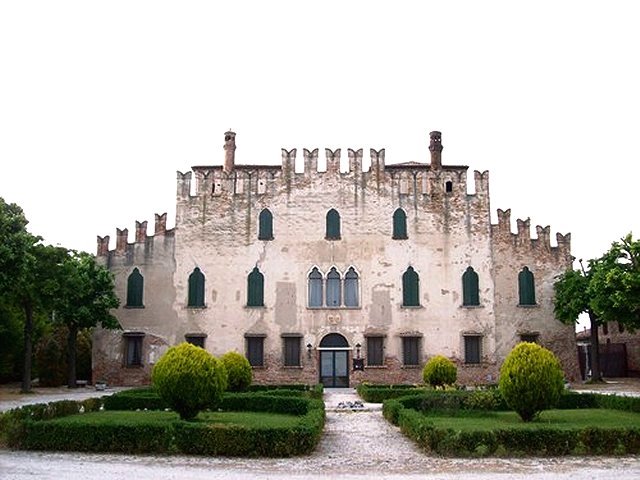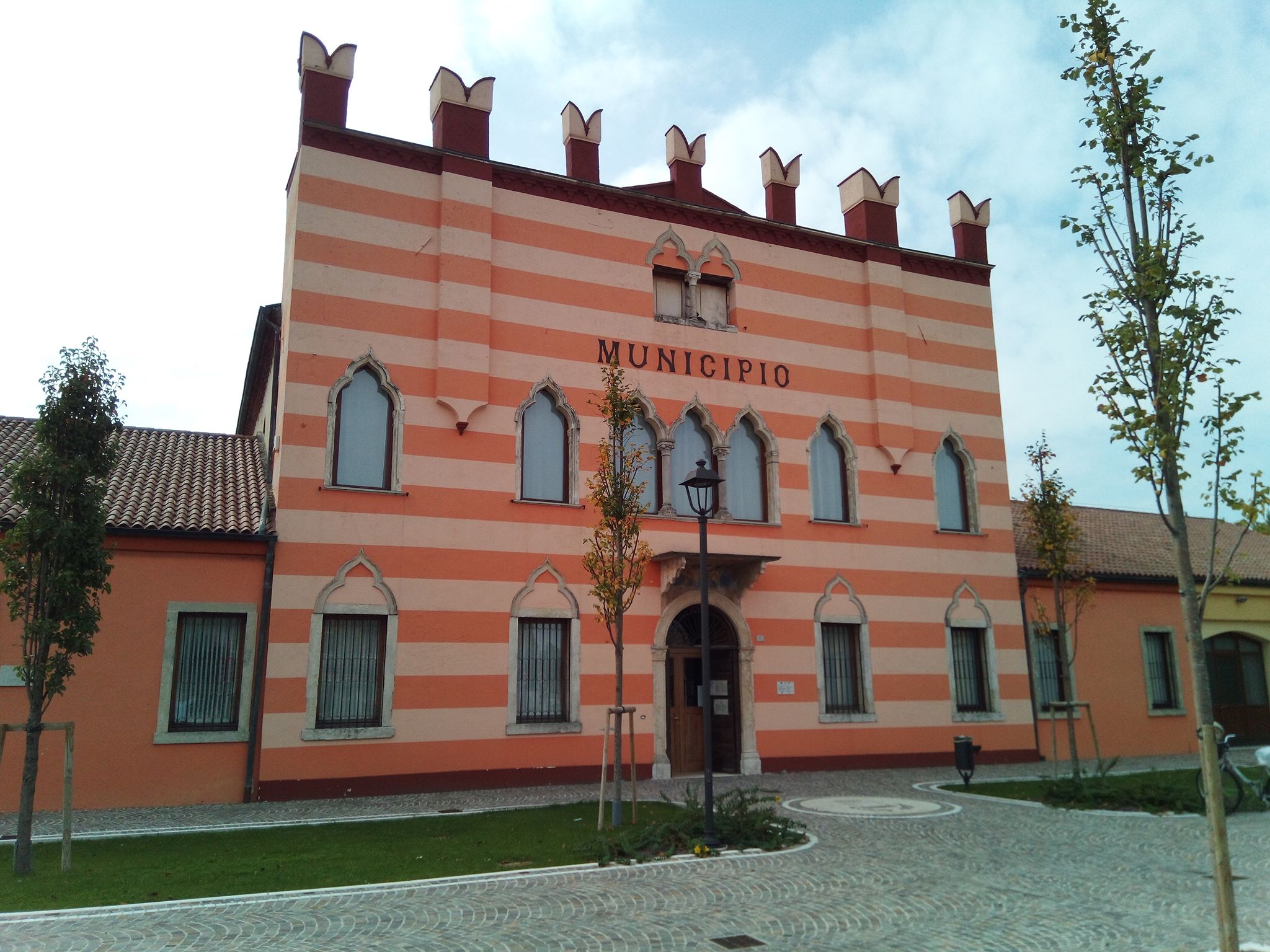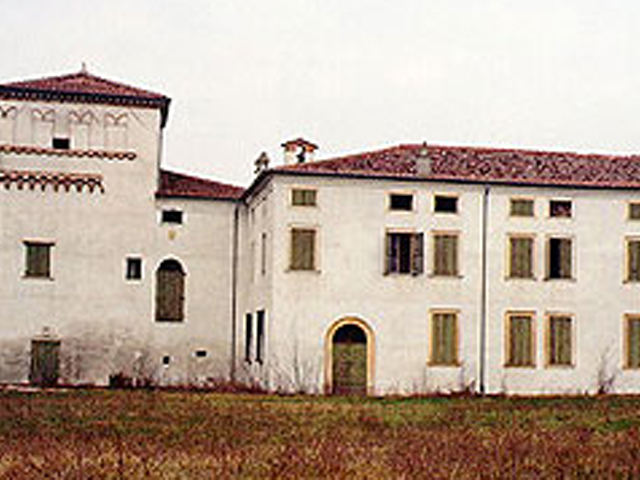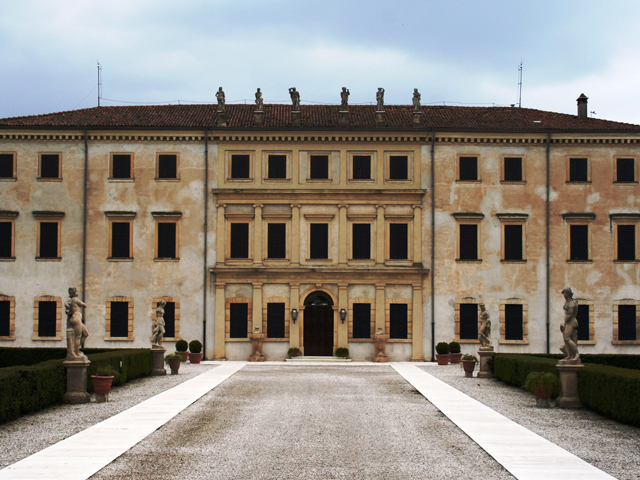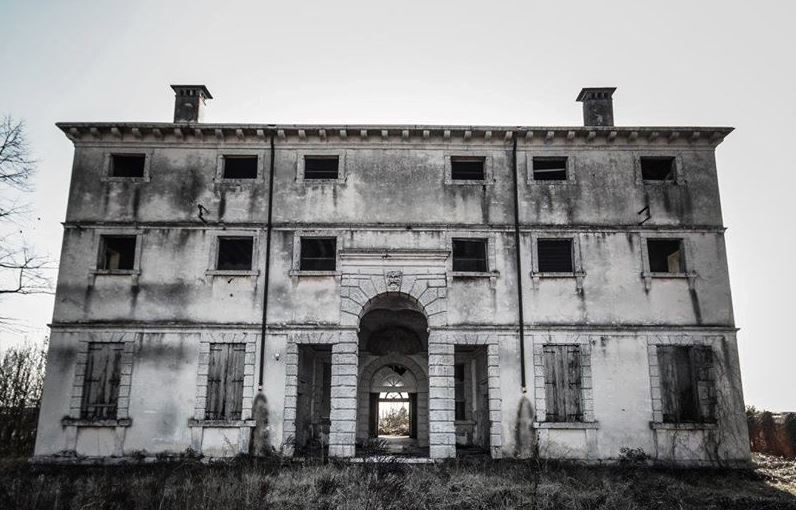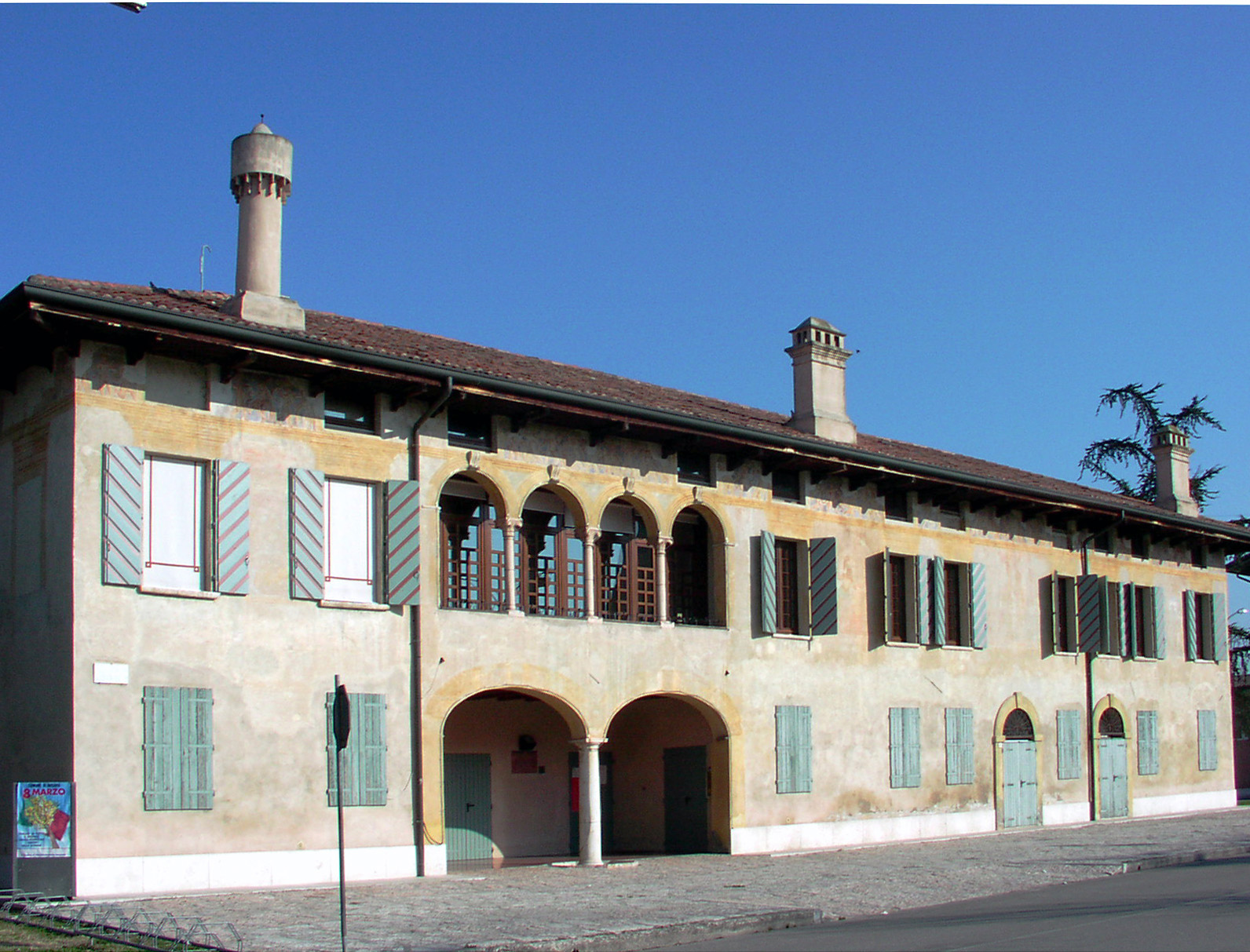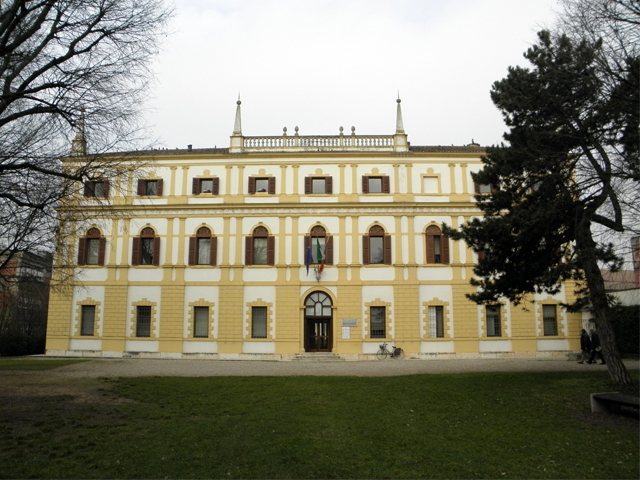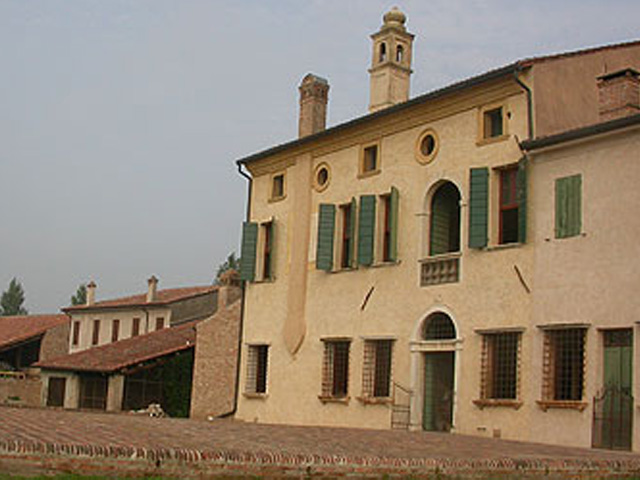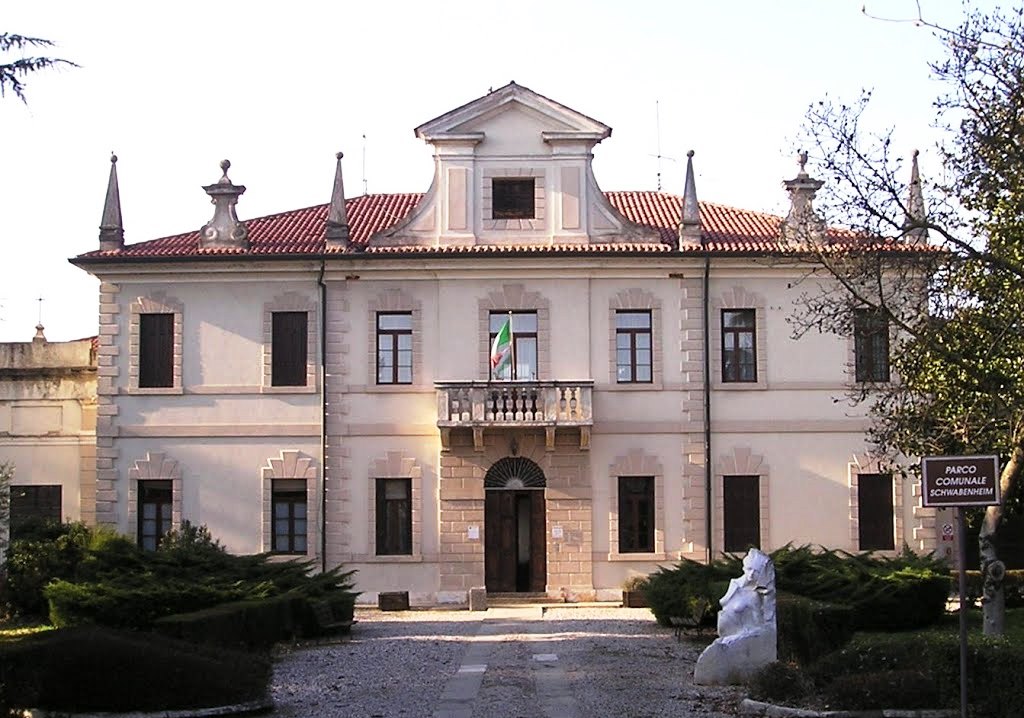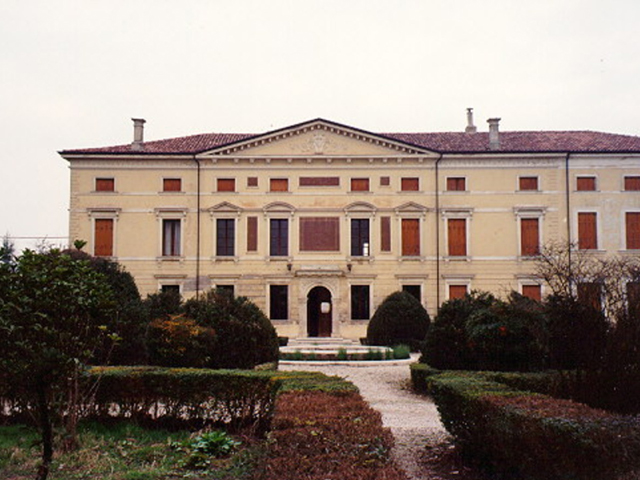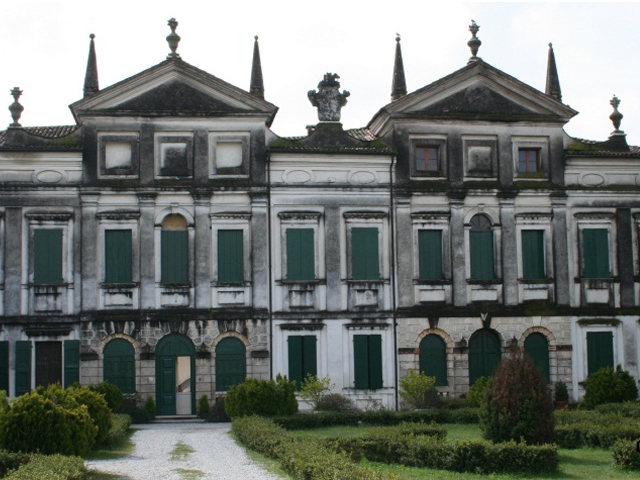While driving through the sinuous roads of Verona countryside you can often come across the uncertain profiles of the ancient courtyard houses still dotting the land. These are real monuments reminding us of the centuries-old agricultural vocation of the plain.
These perhaps aesthetically not very refined courtyard houses were generally built far from towns, as real self-sufficient and isolated outposts, each of them towered by the typical dovecote, serving as a defence in a long gone time.
Later, in the mid-seventeenth century, a further change took place and some buildings are still bearing clear traces of it. The manor house "casa de paron" was built and provided with the worker's house "casa da lavorente".
At that time a mighty defensive wall separated manor houses from the surrounding area. Inside the courtyard we can imagine the peasants’ features, sunburned and wrinkled faces, similar to a wheat field in spring. A small and crowded village stretched out beyond that surrounding wall: several houses and factories were built next to each other, like in a tight embrace. For instance the stable, the favourite place for farmers who would spend long winter evenings heated by the “natural” warmth of cows. And the large porch, the barn and the typical shelter for hay and wheat. Furthermore, the traveller willing to thoroughly know about the varied activities of these places will also find the caneva, which is the cellar in the house where wines and food were stored, the outside ice-house, the hen-houses, the oven, the well and finally the brolo, namely the land for growing fruit and vegetables. Everything revolved around a large farmyard, the real centre of gravity of the rural daily life.
Finally, between the seventeenth and eighteenth century some wealthy landowners began spending more time in their country houses: manor houses turned into real summer “vacation houses”. The old simple lines were replaced by more refined stylistic solutions, the old broli were turned into Italian and then English gardens, the shelters became more and more aesthetically refined.
